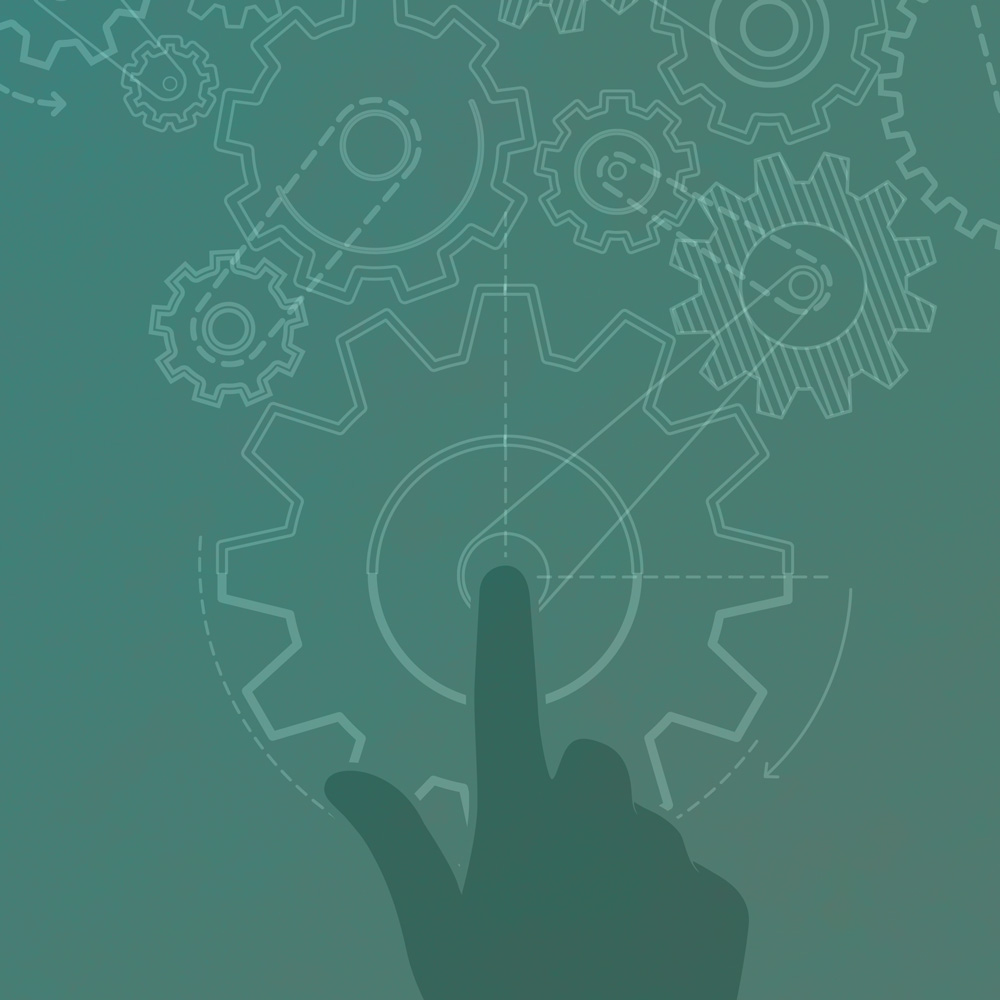YSC’S CULTURE CHANGE & LEADERSHIP SERIES: ISSUE 3
Disruption means reinvention. Individuals are taking stock of their priorities, families are reassessing their living situation, and – as we highlighted in the previous issue – organizations are looking to capitalize on the ‘Covid catalyst’ to align their culture with their business goals.
Yet before something can be changed, it needs to be understood.
The definition of organizational culture:
A pattern of norms and assumptions collectively held and acted out by members of an organization
Whilst the definition of organizational culture is straightforward, getting to grips with what makes a culture ‘high-functioning’ is a thorny task. For all its importance in sustaining business strategy, culture can seem a dimensionless, esoteric concept. It’s not made any easier by differing scholarly viewpoints and contradictory models: some detailing the profile of an ideal culture, others describing the trade-offs which need to be made, and others denying the possibility of comparison at all. To add to the confusion – there’s wisdom in each one.
Taking a Step Back
In many ways, learning about an organization is like learning about a person. Let’s say we’re introduced to a friend of a friend at a party. All societies have a sense for what it means to be a fundamentally ‘good person’, and we’re quick to pick up on both our new acquaintance’s outstanding qualities and any off-colour comments. We also notice their personality style: loud or quiet, polite or rambunctious, and our reaction is influenced by how it works in the context of this particular party. When discussing organizational culture, we term these two facets ‘Health’ and ‘Style’.

Cultural health
Health describes how likely an organization is to bring out the best in its employees. High functioning organizations with healthy cultures are likely to rate highly across specific core qualities.
These universal advantages can be boiled down to four essential themes:
- Resilience: supporting the sustainability of employees and leaders.
- Inclusion: creating psychological safety and leveraging diversity.
- Performance: maintaining performance-focus, via customer-centricity and agility.
- Coherent identity: fostering a distinctive, meaningful culture that resonates emotionally.

Cultural style
Style describes deeply held preferences of an organization: two perfectly healthy cultures may express themselves very differently. In a high-functioning culture, the style fits the strategic needs of the business.
Organizations face universal challenges and choices, and part of developing a culture is evolving a characteristic response to these. For instance, one organization might address the problem of value creation by focusing on perfecting the ‘one thing they do well’, whilst another might seek to innovate dozens of ideas and wait to see which takes off. Some organizations have evolved a casual and relational style, while others will favor a more professional and transactional one.
These characteristic working preferences shed light onto what is, or has become, truly valued within an organization. What matters is that the style is not inadvertent or a legacy of the founder’s personal preferences, but is instead deliberately matched to its context and business strategy.
Data: through our lens or from your reality?
There are two ways in which you can explore culture. You can use a framework: leading to scientific rigour, comparison, and the benefits of hard data. Or you can forget about all that and explore the real experiences of people in their own words. But the very best approach – making the most of both types of data.
Returning to our party analogy, we only form a true connection with a person when we move beyond our judgments. If we’re truly listening, we may catch a glimpse of how they see the world: their values, the stories they believe about themselves, and their defining idiosyncrasies.
While an expert framework is essential for sizing up your culture, it cannot reach the deepest part of the story. Organizational culture must also be explored through the eyes of those ‘on the ground’, who live and breathe the culture every day, rather than purely through an observer’s lens.
How can leaders test their thinking around the health & style of their culture?

Have an ear to the ground
Leaders at all levels will have hypotheses about the cultural happenings in their organization, and these hunches are an invaluable source of data. Yet leaders have a necessarily limited window into the lived experience on the ground. As in the parable of the king dressed as a commoner, leaders need to find a way to close this gap. YSC partnered with the leadership team of an international beverages company to create just that experience: a hall where they could listen to three minute voicemails of employees describing the culture as if to their best friend, browse key phrases, and walk amongst employees’ visual depictions of the culture. Leaders need to look for ways to become immersed in the lived experience of their culture.

Measure real behavior, repeatedly
Whilst it’s important to gather and interpret perceptions, the importance of a culture lies in how it affects what really happens on a day-to-day basis. Ask about what people do, as well as what they think and feel. Having established a baseline measure, make sure that a repeat measurement is set up. A one-off diagnostic can be like measuring an Antarctic ice core: a very deep dive at a very specific point. This is valuable, but so is assessing change. Ongoing measurement provides insight into the impact of external and internal factors, even if an organization isn’t undertaking a specific cultural initiative, and makes it clear what’s moving, and what isn’t.

See the data gathering process itself as a manifestation of culture
Beyond individual pieces of content, the very process by which an organization naturally seeks data is, in itself, a form of data. Cutting edge methods where the insights receive less attention than the display of modernity might suggest a theme of ‘technology for technology’s sake’. And a dry survey which winds slowly through sign-off committees is telling an equally clear, and perhaps opposite, story. The very act of investigating it has an impact on culture. The data gathering process is the first step to setting the cultural tone, so when making a cultural shift aim for a method which reflects the new ideal culture.

Imagine culture as an accent
Many people don’t notice their accent, or even think they have one, but to someone raised in another part of the world even the most apparently vanilla tones can be striking. Organizational culture can be easy to dismiss as ‘just normal’ – one of our consultants even describes it as ‘everything you stop noticing once you’ve worked in a place for six months’. Seek external views: clients, commercial partners and even suppliers could be well placed to provide insight. An outsider may be better placed to hear the distinctive tones in your accent than you are and a fresh perspective may help you to see which parts of the cultural furniture are easier to rearrange than you might have thought.
In conclusion
Organizational culture need not feel nebulous or over-complex. By exploring both their Cultural Health and Cultural Style, organizations learn how they are doing and how their culture prefers to work. Expert frameworks bring rigour and insights, but leaders also need to develop a window into the cultural realities on the ground.
In the next issue
Identifying cultural strengths and risks is only the first step to change: organizations also need to uncover the root causes, so they can be confident that they are applying the right solutions. YSC has identified three engines of organizational culture: leadership, social, and structural drivers. In the next issue we explore the importance of understanding and aligning all three for sustaining change.



